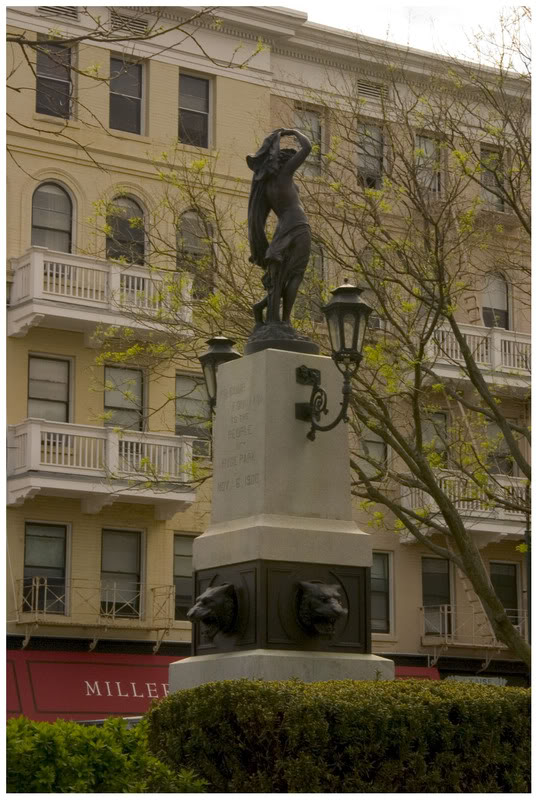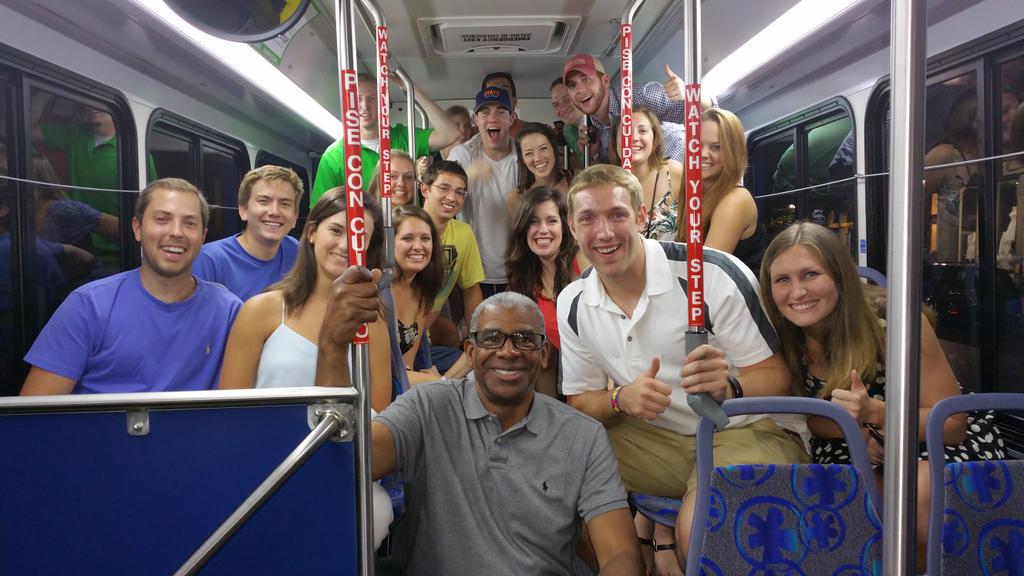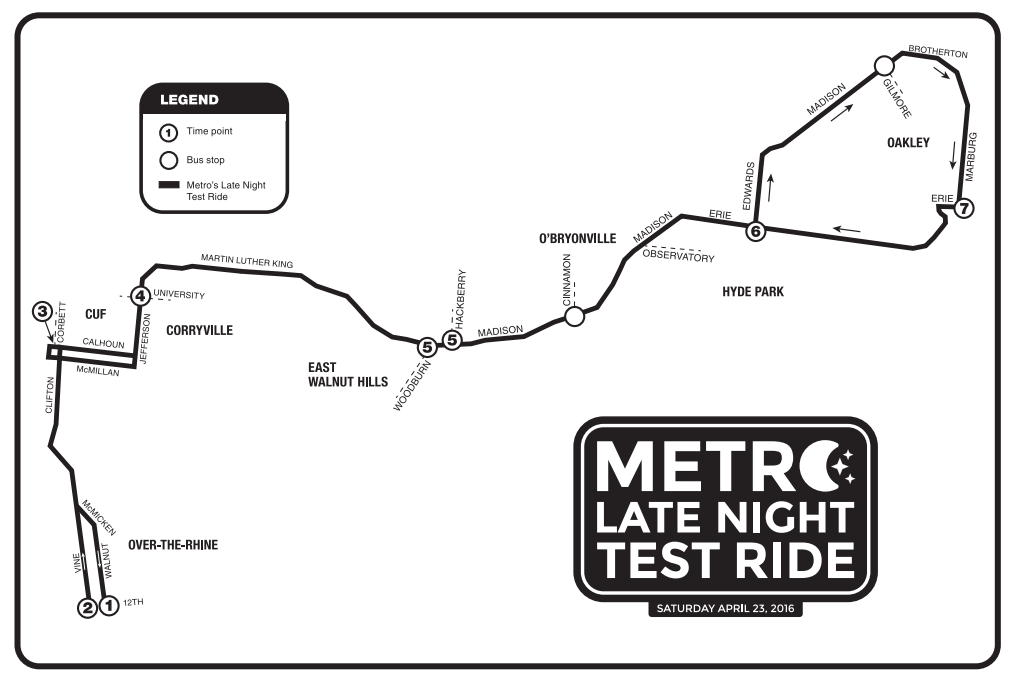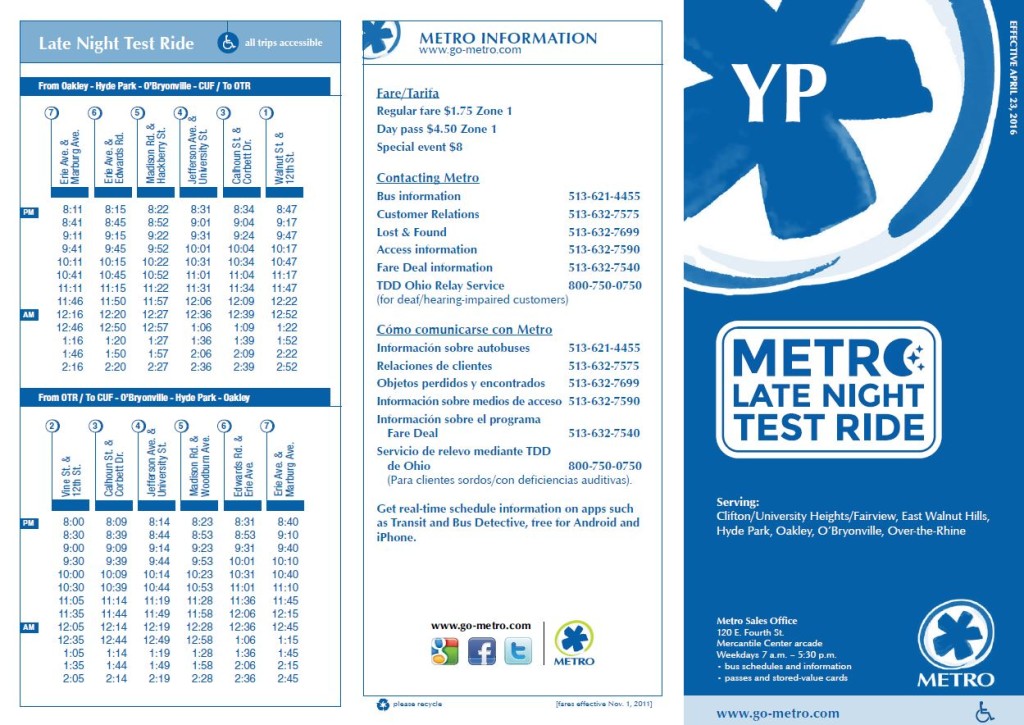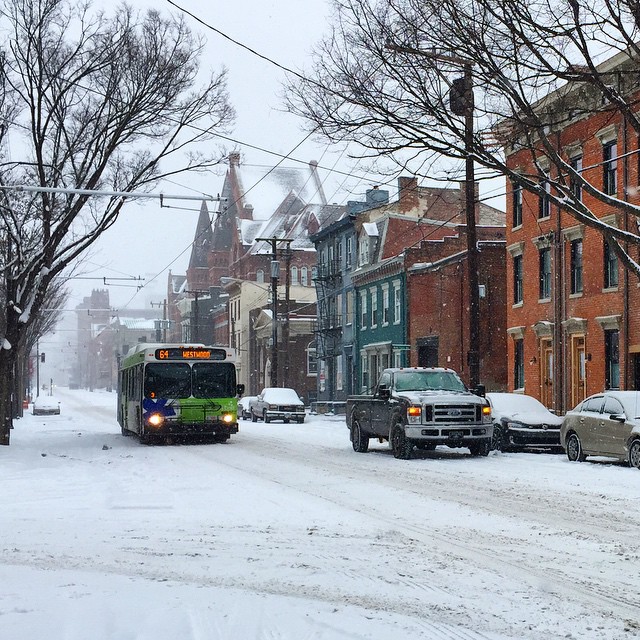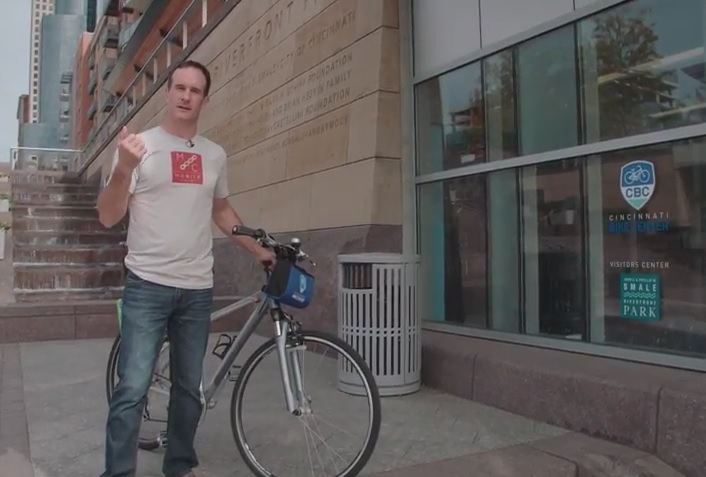If you aren’t aware, the group against building apartments, a hotel, and a parking garage in Hyde Park Square just successfully put the project on the November ballot. In response, the leadership of Civic Cincinnati sent the below letter to Cincinnati City Council after a unanimous 14-0 vote.
Civic Cincinnati is Cincinnati’s Strong Towns Local Conversation group. Strong Towns advocates for cities to be safe, livable and inviting, with a pattern of development that’s financially strong and resilient.
That doesn’t describe Hyde Park Square today. It shows a lack of vibrancy demonstrated by the paucity of people walking and congregating there. By removing buildings that have not kept up with modern building standards and renovating another building, the developer hopes to change this, bringing new residents and visitors to the Square and its businesses.
Every city neighborhood has concerns about traffic safety, especially for vulnerable children. Blaming development for furthering these problems denies the reality that additional density actually improves pedestrian safety.
More people walking through and around Hyde Park Square sends a signal to drivers to use caution when driving there. That, in turn, encourages more people to walk rather than drive. Hyde Park can continue to improve safe and comfortable walkability by making further traffic calming enhancements a priority for future budget requests.
While neighborhoods have an important voice in development plans, their concerns must be tempered by the need to build more housing city-wide. Giving neighborhoods veto power over development will not lead to the kind of strong, resilient neighborhoods the city needs, and which this council has bravely stood up for.
Every new project promises to change the familiar landscape neighborhood residents consider their home. Planning for opposition needs to be an important element of the process. The city can’t afford to allow that opposition to prevent the progress we must make to increase housing at all levels and price points. That’s what we’ve elected you to do – make the hard decisions that benefit the entire city.
Connected Communities is a first step in unleashing the power of zoning reform to increase housing in Cincinnati. No neighborhood can be exempt from change. We support efforts for the developer and their intermediary to work with Hyde Park’s residents, businesses, community council and organizations on a design that will make all of them proud of their community in 20 years.
We love Cincinnati. We want to stay here. Many of us are recent college graduates or in the early stages of our careers. We’re finding it tough to find rental housing in neighborhoods where we want to live, and buying a house seems like an impossible dream.
We need our city leaders to recognize that we’re the city’s future. Our needs are as important as those of longtime residents who oppose the development our city needs to house us now, and attract more of us to make our lives here.
